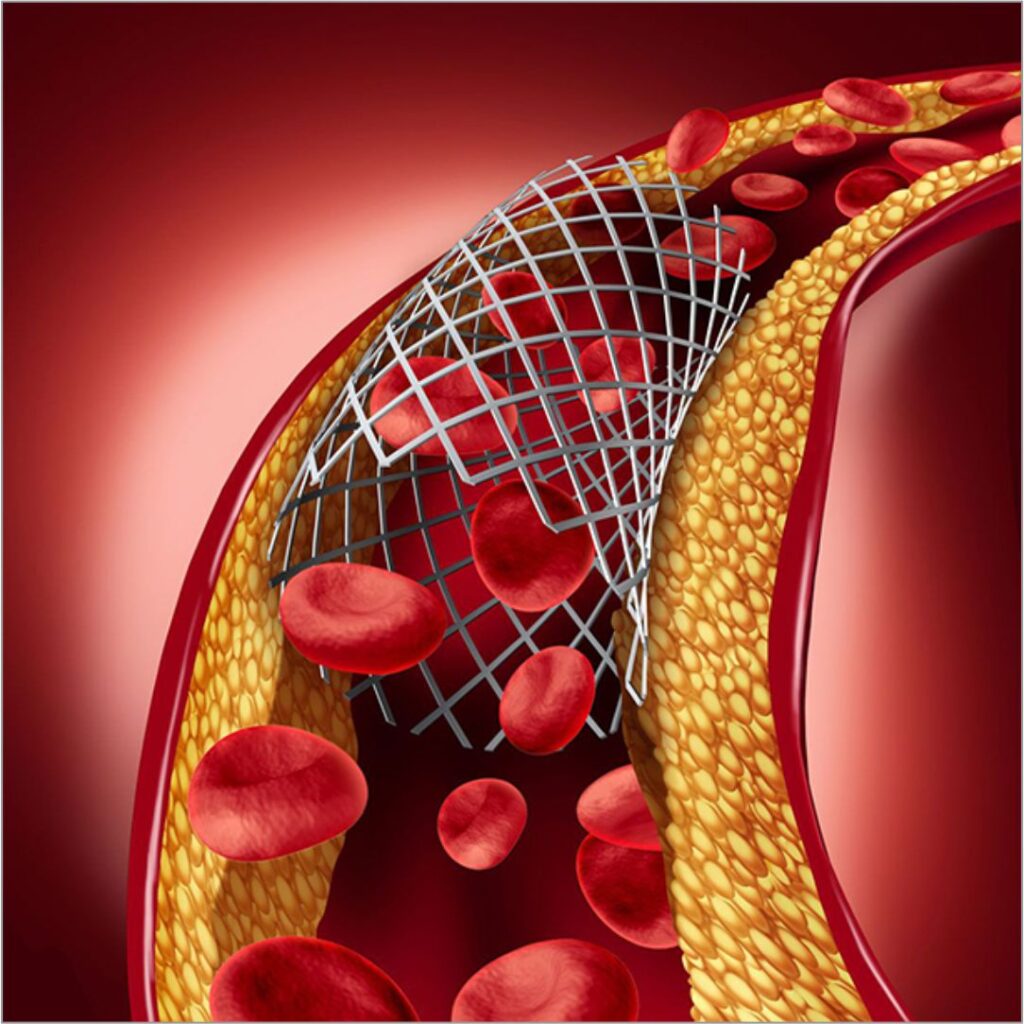- support@gmail.com
- Bangalore
Call Now 823-080-87678
Venous Interventions
- Home
- Treatments
- Venous Interventions

Venous Interventions
Venous interventions involve procedures to treat conditions affecting the veins, such as varicose veins, deep vein thrombosis (DVT), and chronic venous insufficiency. These interventions aim to improve blood flow and alleviate symptoms.
Symptoms We Treat
- Pain in the legs
- Swelling on the legs
- Visible veins on the links
- Swelling & pain in one leg
- Skin color changes
- Symptoms of DVT
- Ulcers near the ankles
Causes
Venous interventions causes conditions such as chronic venous insufficiency, varicose veins, or DVT.
Risks
Potential risks include bleeding, infection, skin discolouration, or deep vein thrombosis in rare cases.
ProcedureS
Endovenous Laser Therapy (EVLT)
Sclerotherapy
Injecting a solution into the vein to cause it to collapse and disappear.
Radiofrequency Ablation (RFA)
Vein Stripping
Surgically removing varicose veins (less common due to minimally invasive options).
Treatment Options
Compression Therapy
Using compression stockings to improve blood flow and reduce symptoms.
Medication
To manage symptoms or prevent complications.
Lifestyle Changes
Including weight management and exercise to improve vein health.
post Procedure Recovery
Sclerotherapy – Mild bruising may occur, but daily activities can be resumed shortly.
Success rate
The success rate for venous interventions is high, with procedures like EVLT achieving success rates of 85% to 95% in relieving symptoms and improving vein appearance.
- Results are often long-lasting, but lifestyle changes and follow-up treatments may be necessary to maintain improvements.
Common side effects include temporary bruising or discomfort, but serious side effects are rare.
Most patients can resume normal activities almost immediately, though heavy exercise and long periods of standing should be avoided initially.
